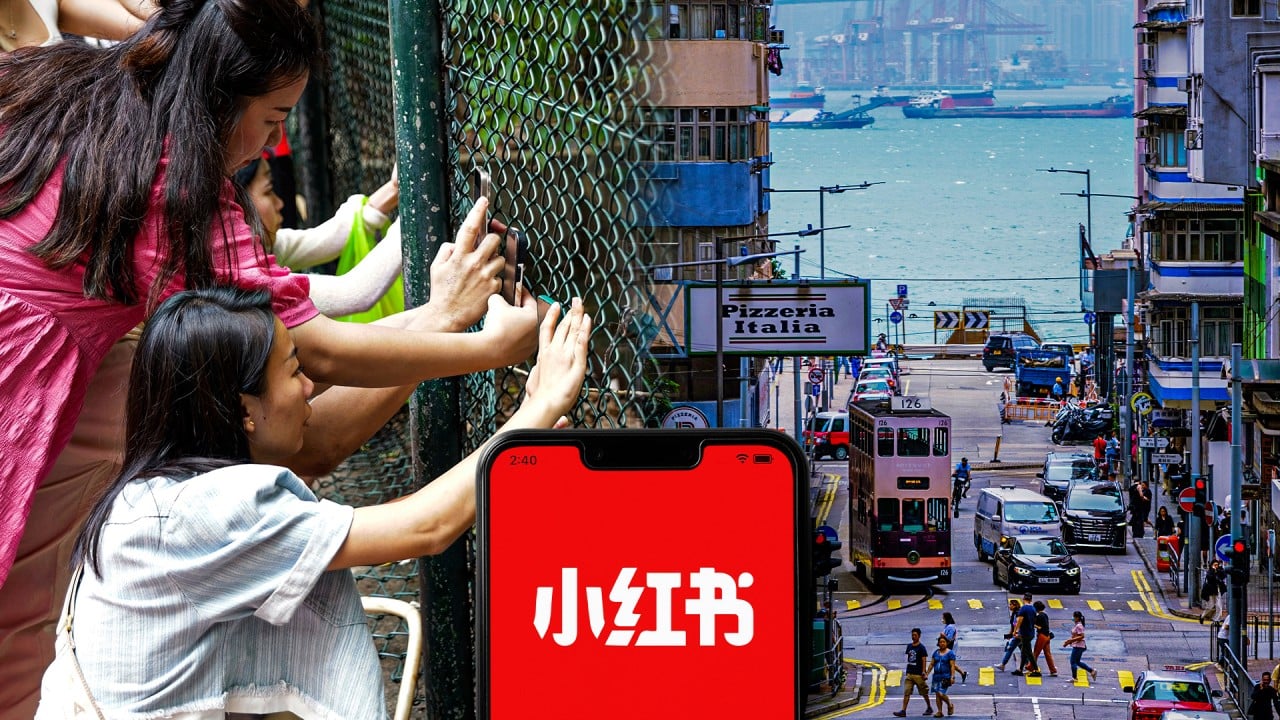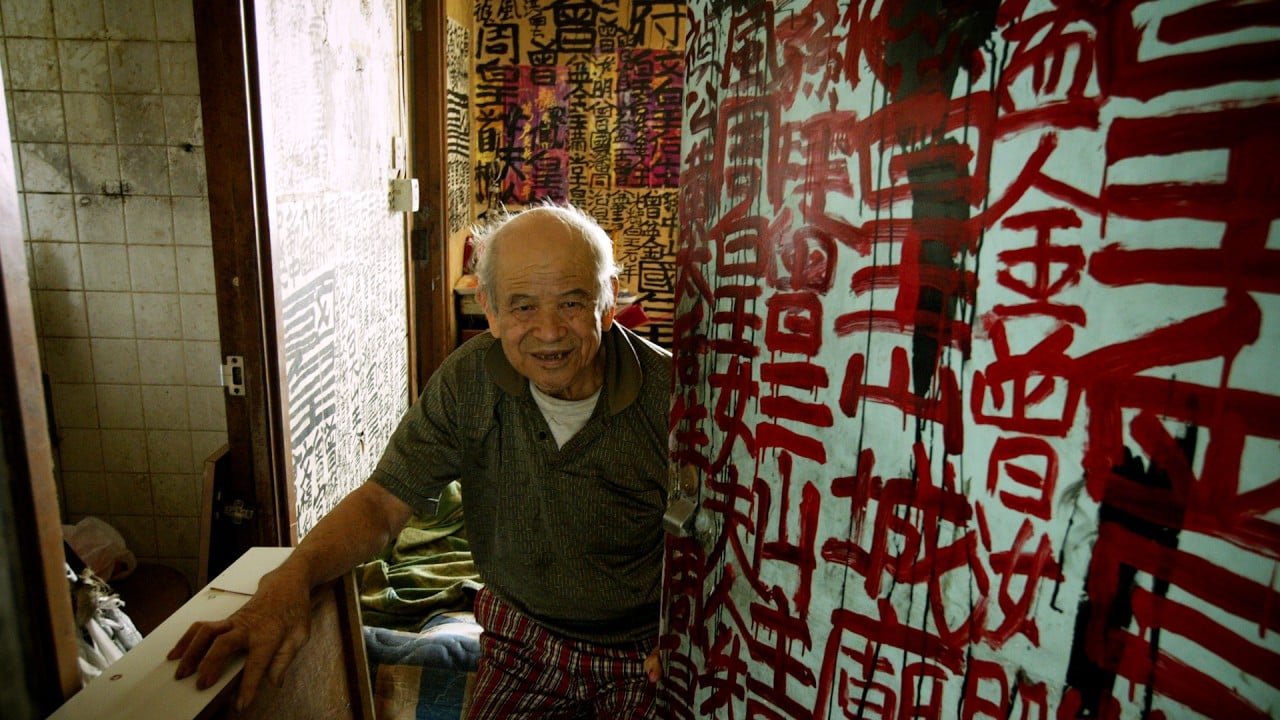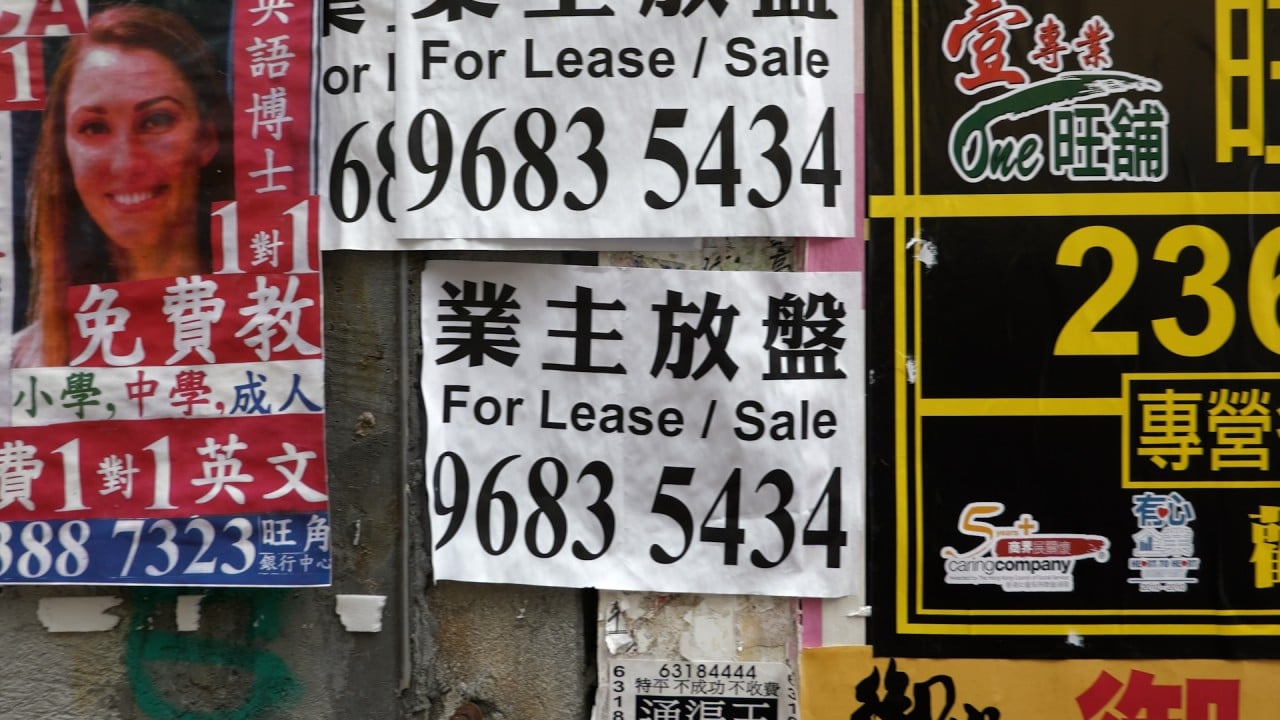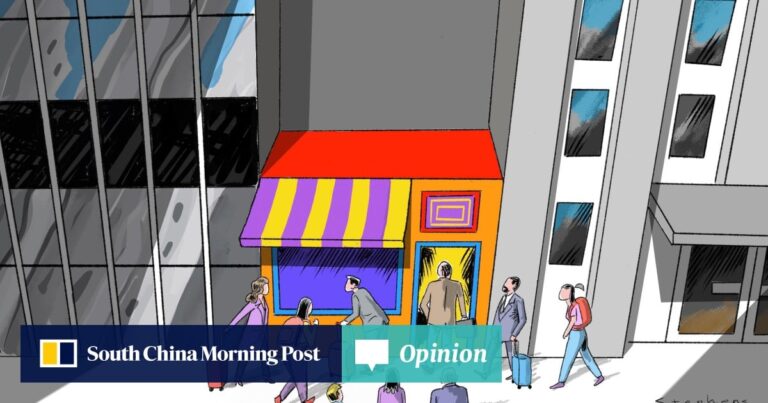Hong Kong’s Department of Trade and Industry has identified small and medium-sized enterprises as “a key driver of Hong Kong’s economic development”, and with good reason: today, small and medium-sized enterprises account for 45 percent of Hong Kong’s private sector employment and 99 percent of all Hong Kong businesses.
Importantly, in terms of physical distribution and cultural authenticity, Hong Kong’s small businesses are spread across every corner of the city, from tourist hotspots to bustling neighbourhoods.

03:23
Mainland China’s social media site “Little Red Book” introduces unexpected tourist spots in Hong Kong
Mainland China’s social media site “Little Red Book” introduces unexpected tourist spots in Hong Kong
Amid reports of Hong Kong’s economic crisis, it is important to acknowledge that tourism to Hong Kong has recovered dramatically since 2020, growing 852% to a healthy 34 million visitors last year. And the numbers continue to improve, with the first five months of this year seeing a 78% increase year-on-year. However, mainland Chinese tourists to Hong Kong are shifting, driven by a new and widespread appetite for budget-friendly urban cultural experiences, heavily influenced by the burgeoning Little Red Book social media platform.
These days, tourists flock to the city, and they tend to be urban adventurers looking for iconic sights, places and experiences. And occupying these spaces are Hong Kong’s small and medium-sized enterprises, rooted in the community and reflecting the city’s unique culture. These small and medium-sized enterprises are ready to do business and create value.
By combining the products and services offered by its vast number of small and medium-sized enterprises with the needs of the large numbers of new tourists from mainland China, Hong Kong is sure to find new economic opportunities.
Kowloon’s neighbourhoods, such as Kwun Tong and Kowloon City, are home to an incredible array of locally-owned independent restaurants and cafes, fashion and beauty stores, and niche hobby shops, just waiting to be discovered.

06:05
“King of Kowloon”: Discover the work of the late Hong Kong graffiti artist Tsang Tsao Choi
“King of Kowloon”: Discover the work of the late Hong Kong graffiti artist Tsang Tsao Choi
These local, largely owner-operated businesses do not need to be aggregated in shopping malls or grouped together in themed complexes or districts – they can be found right where they are, by tourists seeking an experience of discovery.
The power of SME-led tourism recovery is that these businesses generally have lower start-up and operating costs and can adapt much faster. And one of Hong Kong’s greatest economic assets is the local culture and the enterprising, inherently commercial nature of its SME owners. If we can leverage this to help solve the challenge of unlocking value from changing tourism trends, I am confident we will see results.
The government clearly recognises the importance of the SME sector and is providing support through funding schemes and a “one-stop” support platform recently launched by financial authorities, which focuses on easing financing and credit issues. Beyond this, it is also rethinking how tourism is promoted in the city, offering an opportunity for SMEs to seize the opportunity to engage with a new wave of experience-seeking tourists. The latest official snapshot of tourism statistics further demonstrates the need to develop a thriving parallel low-cost inbound tourism segment. Visitor numbers to Hong Kong are recovering but remain significantly lower than the heady pre-pandemic days of 2018, when the city welcomed a record 65.1 million visitors.

03:39
Hong Kong’s store occupancy rate has recovered, but vacant storefronts remain noticeable across the city
Hong Kong’s store occupancy rate has recovered, but vacant storefronts remain noticeable across the city
Despite the high growth rate since 2020, statistics show that Hong Kong’s hotel room capacity remains unchecked despite the volatility of the past few years. As a result, the cost base of the hotel industry is clearly not in line with the new normal.
The number of hotel rooms has increased 14% since 2017, while visitor numbers are down 42%, while average room rates have remained roughly flat. The apparent oversupply of rooms and inflexible pricing spells major financial challenges for large operators locked into a high-cost, real estate-driven business model.
It is commonly believed that the current average length of stay and tourist expenditure, along with the decline in tourist numbers, are major issues. However, statistics show otherwise. Hong Kong’s average length of stay has increased by 13 percent for both mainland Chinese tourists and overall tourists. Additionally, per capita expenditure for overnight visitors has increased by 8 percent since 2017. These are positive signs that should guide Hong Kong’s tourism strategy.
Finally, business travel is a natural strength for Hong Kong, as more than 90 percent of the city’s gross domestic product comes from the services industry and about 20 percent from the finance and insurance sector.
As Hong Kong seeks to expand its status as an international financial centre and home to global financial groups, opportunities arise for government and the private sector to work together to leverage business travel as a high-yield hedge against luxury tourism.
Damien Green is a Hong Kong-based financial services executive who previously served as President and CEO of Manulife Asia and previously served as CEO of Manulife Hong Kong and Macau.

